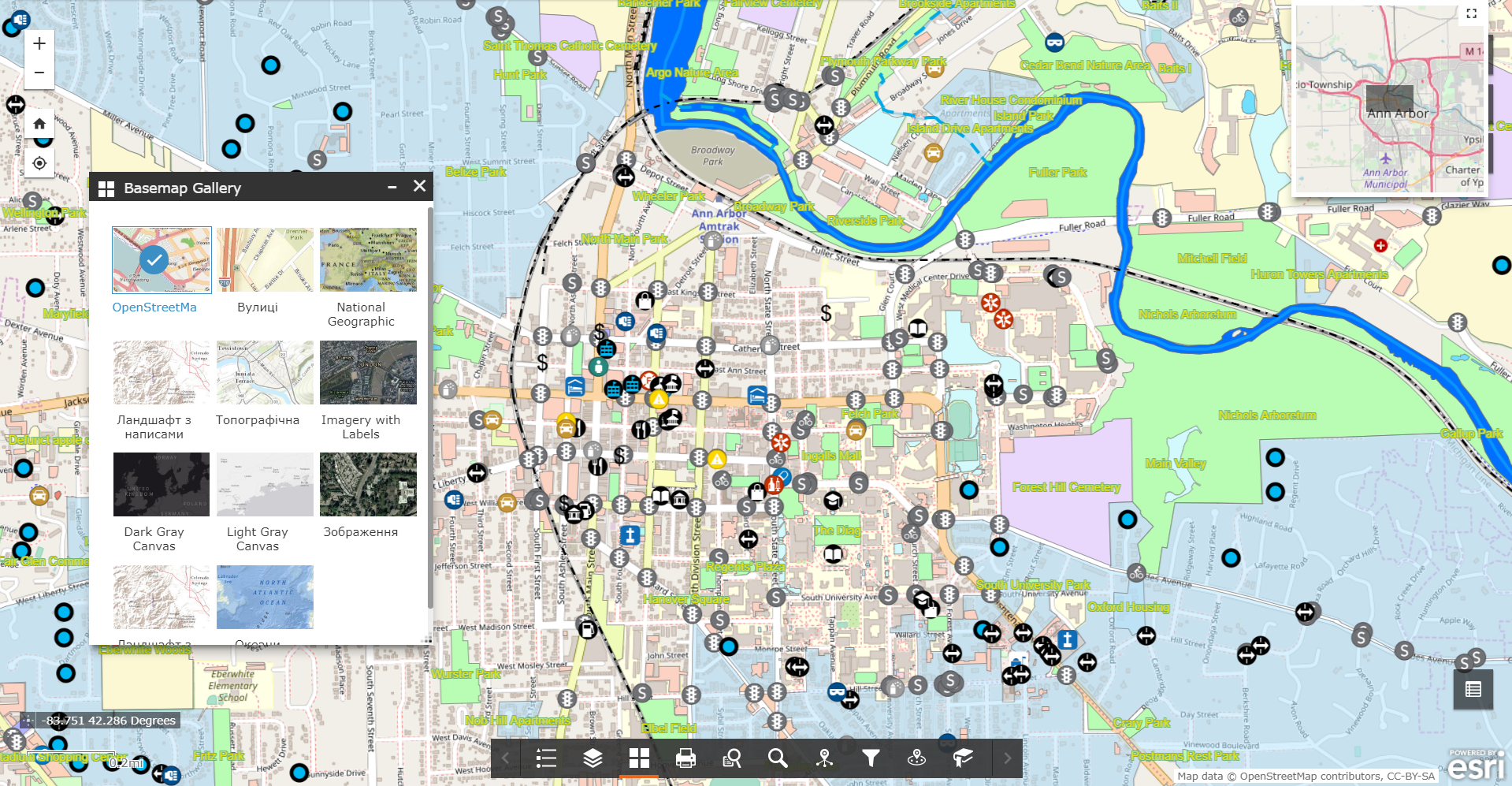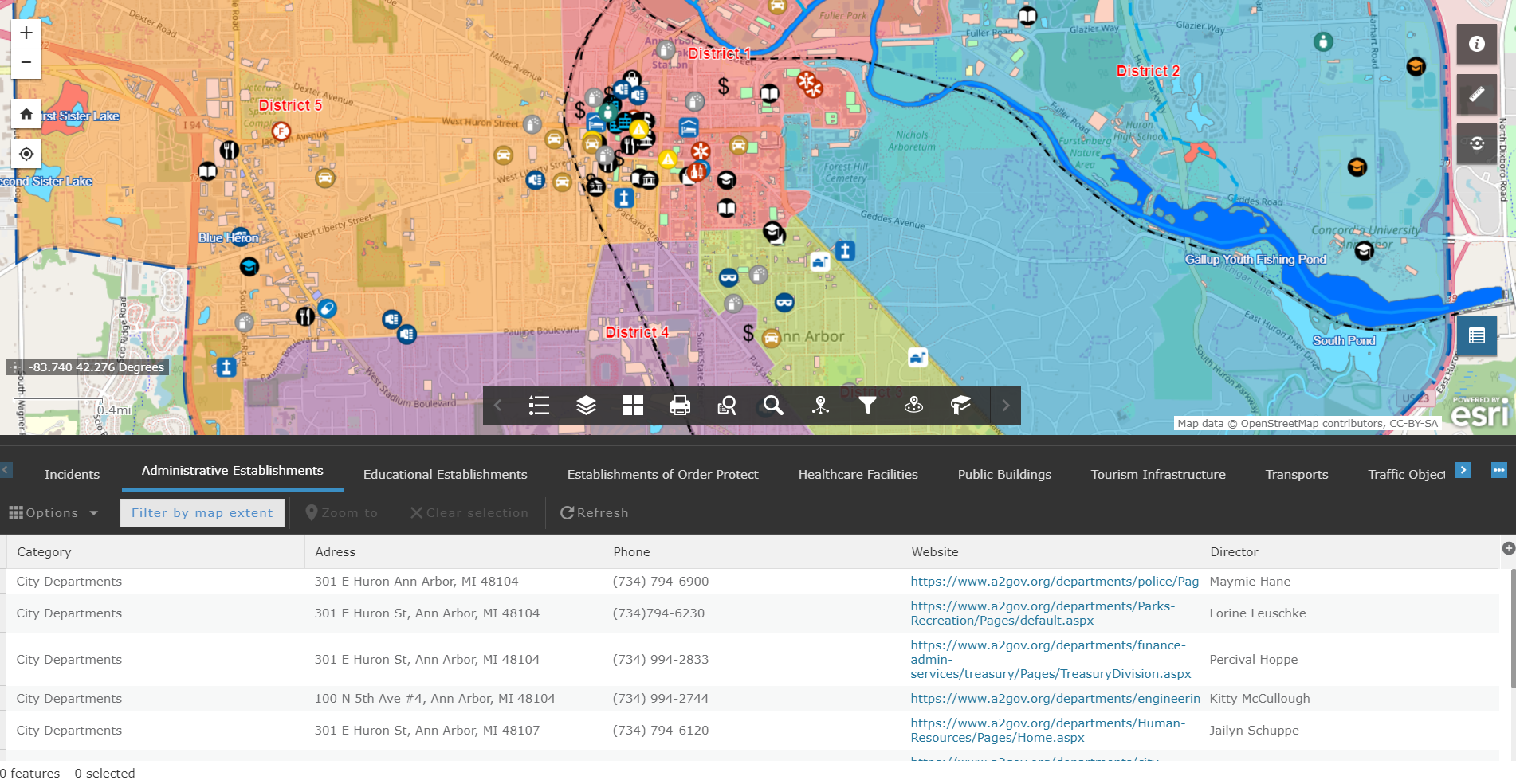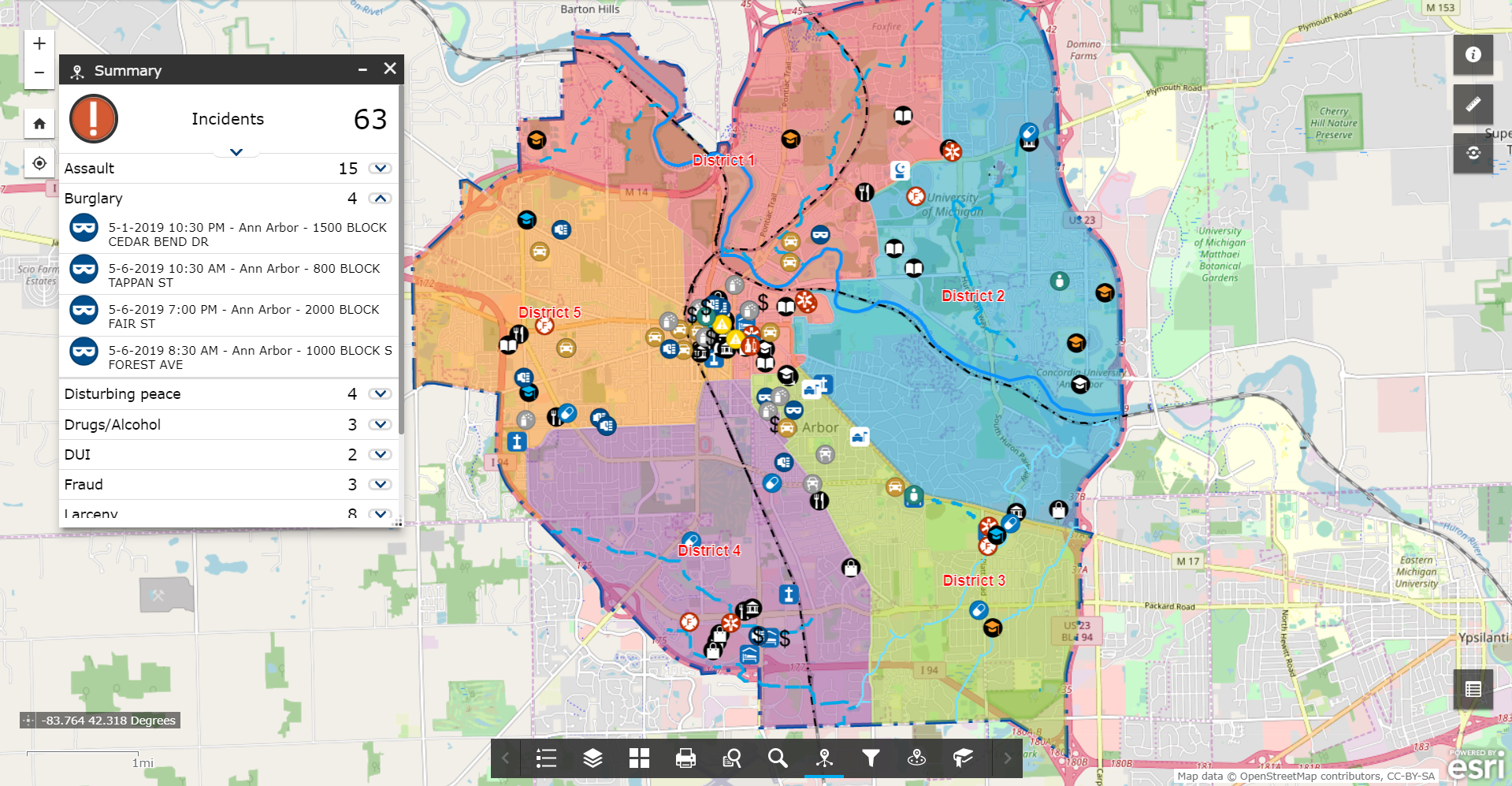A geoinformation system for solving emergencies
The new era of applying geoinformation systems to emergency situations is highly relevant for state and local government bodies, and for the general public. The level of protection of the population, of the material objects of the economy, and of the environment itself will depend largely on measures taken in advance. Advance technical measures are vital in the prevention and resolution of emergency situations of both natural and man-made origin.
Advance measures can predict the likely dangers in emergency situations and reduce the negative consequences for people, the economy and the environment. By implementing state-of-the-art technology solutions the municipality or region can secure an innovative civil protection strategy, focused on early warning of emergency situations and instant response based on monitoring and display of spatial data.




Applying GIS to public security
The municipality or regional authority can use the integration of geoinformation, space and Internet technologies to obtain fast, actionable information about potential dangers that arise.
Solve an array of complex tasks to prevent or resolve emergency situations with your GIS:
- create banks of digital spatial information about areas experiencing major natural and man-made impacts (earthquakes, floods, fires, etc.) and those parts of the terrain where facilities are potentially dangerous (dams, gas and oil storage facilities, chemical enterprises, etс.);
- get real-time spatial information about emergency situations showing clearly what happened and where;
- determine the shortest routes for emergency services and response forces;
- quickly build evacuation routes from emergency areas to safe areas, including civil defense storage, shelters, and the like;
- calculate the required volume of forces and means required, as well as developing strategy and tactics for assistance;
- show up any inconsistencies in the condition of equipment and tools that directly affect the safety of the population, using the audit subsystem synchronized with GIS (for example, compliance with the building safety codes, structural condition, status of fire safety requirements, the condition of hydrants, etc.);
- predict the development of emergency situations before they happen, in order to prevent or reduce the harmful impact on populations and the environment.
The structure of the GIS database for emergency solutions
- GIS is the basic geoinformation and cartographic data repository for the area. It is the only digital topographic and geodetic database of the city, its digital orthophotoplans, a record of the interlinked array of buildings and structures, the registry of geographical names, and the like;
- GIS thematic data resources are supplemented with an appropriate attribute component: law enforcement points, medical facilities, civil defense stores, shelters, and epicenters of natural disasters are presented as thematic layers of the geoinformation system;
- GIS supports complex or problem-oriented information resources. These are a combination of basic and thematic resources, aligned as one system with the formation of a problem-solving resource for the territory. For example, a zone of highly toxic gaseous emissions into the atmosphere, a flooded area subject to the height of rising water levels in nearby rivers, and others.


